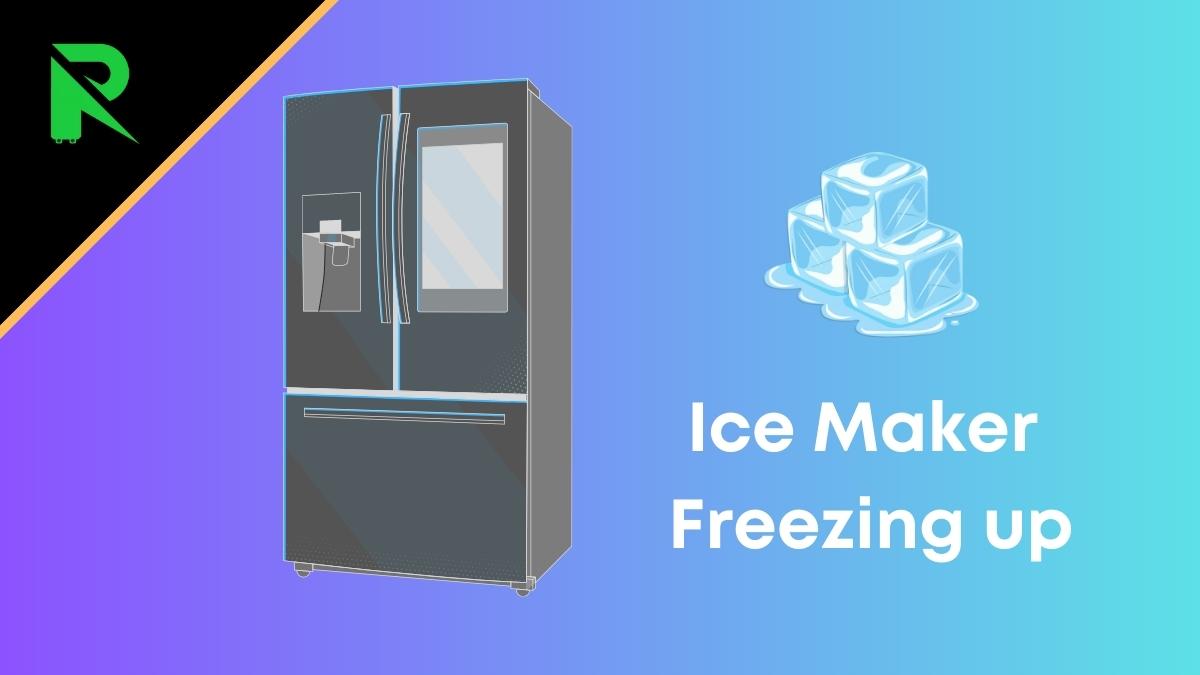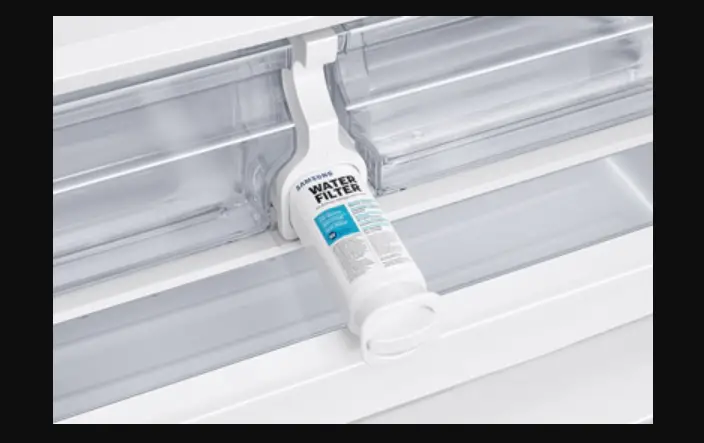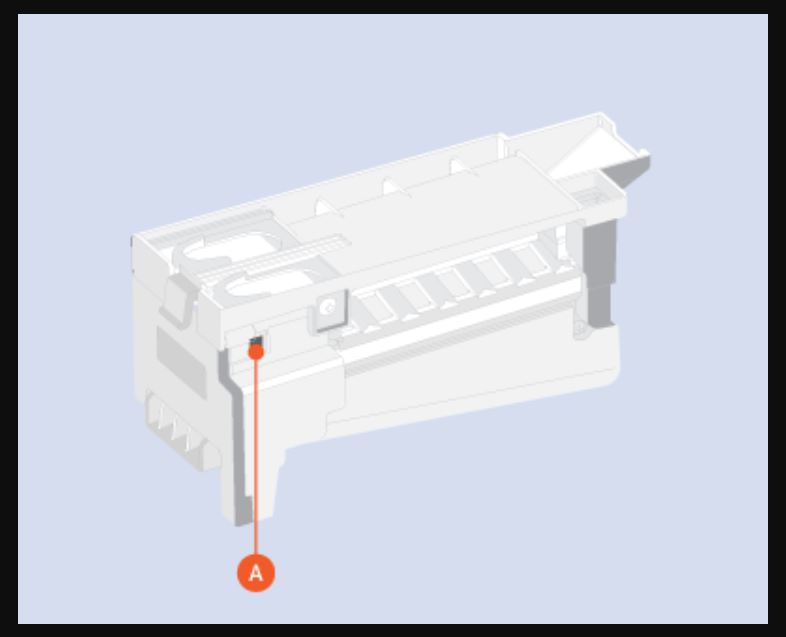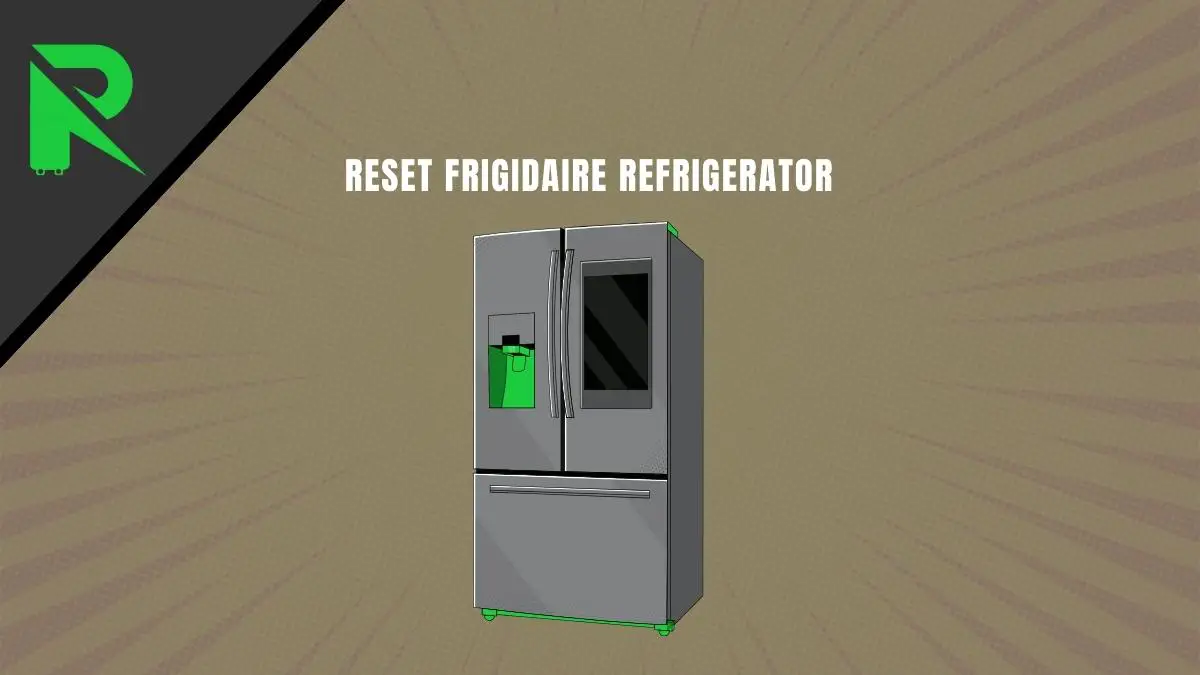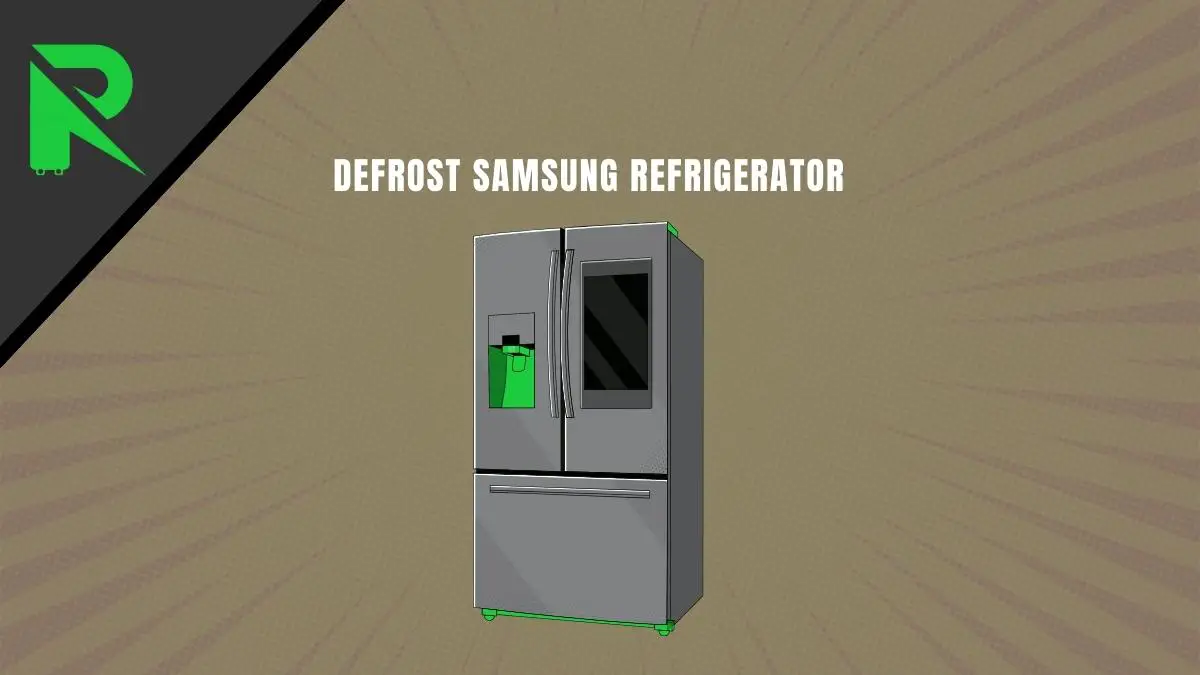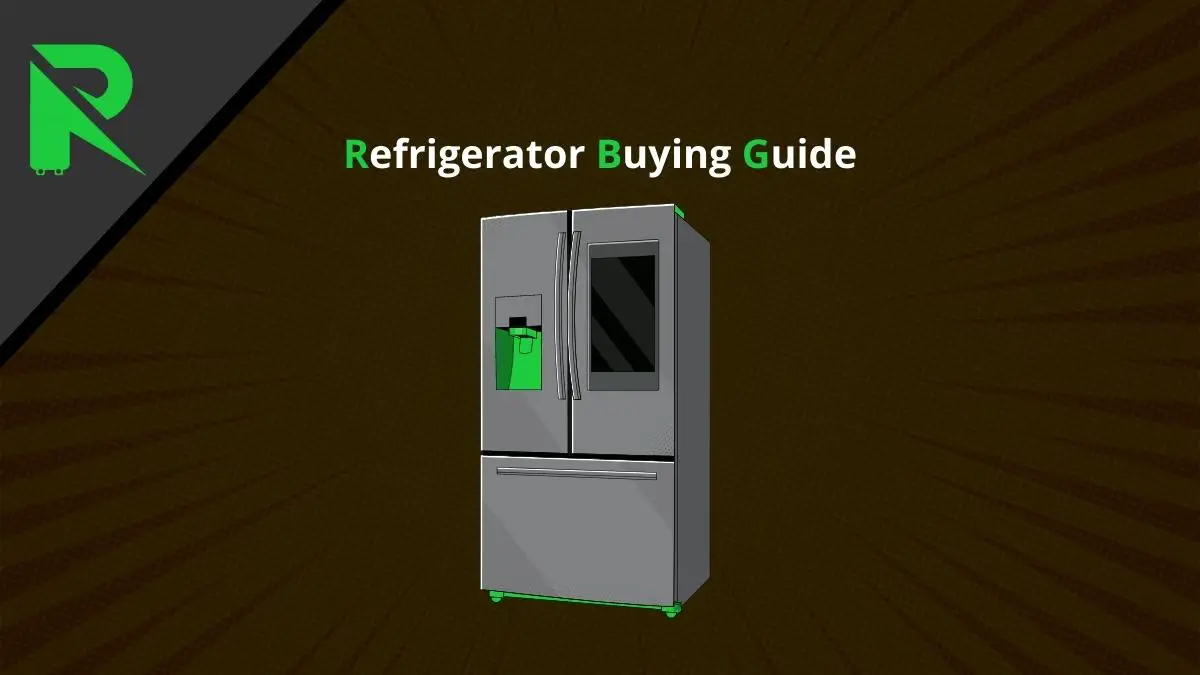Having an ice maker freezing up can be incredibly frustrating. If your Samsung refrigerator is making ice that won’t dispense or ice clumped together in buckets, you can take a few do-it-yourself troubleshooting steps before calling for service. With some basic mechanical skills and the right replacement parts, you can likely quickly get your ice maker working again.
Quick Steps Overview
| Step | Action |
|---|---|
| 1 | Ensure the fridge is level and the ice maker is properly installed |
| 2 | Check the water line for kinks, clogs, or leaks |
| 3 | Replace the water filter if old or clogged |
| 4 | Clean ice maker assembly and clear jammed ice |
| 5 | Check if freeze sensors are working properly |
| 6 | Replace any failing mechanical parts |
| 7 | Reset the ice maker and confirm it’s cycling properly |
Step-by-Step Instructions
-
Check Installation and Leveling
Make sure the refrigerator is level. If it’s tilted too far forward or back, ice can clump up and freeze into buckets. Use a level to double that the fridge is evenly positioned. Also, inspect the ice maker correctly installed into the freezer with the tightly fitted water line. Have trouble with your Samsung refrigerator’s ice dispenser? You can read here some common issues and their fixes.
-
Inspect Water Line
A kinked or clogged water line can restrict flow, causing ice to only partially freeze and clump together. Disconnect the line and check for crimps. Examine if sediment or contaminants are blocking water flow. Run water to test flow strength. Check for leaks and replace the damaged supply line if needed.
-
Replace Water Filter
A water filter that’s old or clogged with particles can also lower water pressure in the ice maker. Every 6 months, change the internal water filter. Write the date installed with a marker on the new ones. Using non-Samsung brand filters could also reduce flow. Stick with genuine Samsung replacement filters.
-
Clean Ice Maker Parts
Remove jammed ice clusters manually with a plastic utensil. Don’t use sharp metal tools. Then, wipe down the metal ice maker mold and rake the arm assembly with a soft cloth to remove mineral deposits and food residues. You can use an ice maker cleaner solution or a dilute mix of white vinegar and water.
-
Inspect Freezing Sensors
The ice maker has electronic eyes or beam sensors that detect when ice cubes have properly frozen and activate the rake to eject them into the bin. If these freeze sensors aren’t receiving signals or fail, cubes won’t eject and overflow, clumping together in the mold. Inspect if sensors have any physical damage or are obstructed by ice or debris.
-
Replace Malfunctioning Mechanical Parts
Certain components, like the motor, heater, mold switches, and ejector’s arms, can wear out over time and prevent proper ice dispensing. Test components with a multi-meter and order replacement parts if electrical readings indicate failure. On Arm Controls ice makers, the opto-sensor is commonly defective. Install new mechanical parts matching your specific ice maker model.
-
Reset Ice Maker
After any repairs, reconnect the water line, plug in the ice maker’s power cords, and initiate a hard reset to clear error codes. Remove the ice bucket and Look for a small button labeled “Test” or with an arrow symbol on the bottom front of the ice maker. Now Press and hold the Test button for 3-10 seconds until you hear a chime. This starts a test cycle. If the ice maker works properly, you should hear another chime after about 6 minutes. This indicates the cycle was completed successfully.
Helpful Maintenance Tips
- Routinely empty the ice bin to allow fresh ice production
- Turn off the ice maker if you are away on vacation to prevent cubes from clumping
- Clean dust buildup on temperature sensors with compressed air
- Change fridge air filters each year for optimal performance
- Consider adding an inline water filter if hard water causes mineral scale
FAQs: Samsung Ice Maker Troubleshooting
- Why does my Samsung ice maker keep freezing up?
The most common reasons a Samsung ice maker freezes up are incorrect installation, a dirty water filter, a failing mechanical part like the opto-sensor, or if the freezer temperature is too warm from inadequate airflow.
- Why is my ice clumping together?
Ice clumping into large chunks is typically caused by low water flow, unclean ice maker parts allowing ice to fuse together, a leveled refrigerator, or temperature sensors not working properly.
- How do I reset my Samsung ice maker?
To reset a Samsung ice maker, unplug it or turn off the breaker for 1 minute. Then press and hold the On/Off button for 10+ seconds until the indicator light blinks. This clears any error codes. Select cube or crush ice settings to start a new cycle.
- Does vinegar damage an ice maker?
No, vinegar is safe for cleaning an ice maker’s internal parts and removing limescale buildup. Mix a 50/50 solution of diluted white vinegar and lukewarm water. Rinse thoroughly after wiping down the applicable parts. Avoid metal cleaners, which can cause corrosion.
Credit: @TWTH/YouTube
In Conclusion
An ice maker that freezes up instead of regularly dispensing fresh ice can definitely be irritating. But in most cases, there are relatively easy fixes – from declogging water lines, replacing worn parts, and resetting key components. Follow our step-by-step guide to troubleshoot and service a Samsung refrigerator’s ice maker. Keep the instructions for future reference and teach family members how to maintain the ice maker as well. With some handy repair skills and recommended routine care, you’ll be back to enjoying chilled drinks and ice cubes from your fridge freezer in no time!
My Take on This Topic
As a refrigerator technician, I have seen my fair share of freezing ice makers in Samsung models. In 9 out of 10 cases, the issue stems from low water flow or mineral deposits on sensor components. The instructions above cover exactly what is needed – systematically ruling out potential causes, from installation errors to dirty filters and defective freeze sensors or ejector mechanisms.
Many consumers mistakenly presume the ice maker needs complete replacement. But I recommend they first try cleaning procedures, part replacements under $50 like new infrared opto sensors, and correctly resetting electronic control boards. Approximately 70% of apparent “failure” situations can be remedied this way.
Of course, units 10+ years old may ultimately need to be upgraded, though built-in ice makers should function reliably for at least 5-8 years when properly maintained. Along with the advice above, be vigilant about changing water filters regularly, semi-annually cleaning with vinegar solutions, and minimizing dust build-up on critical temperature regulation elements that could throw off ideal freezer operation.
I hope these comprehensive instructions for rectifying Samsung ice maker freezing issues empower DIY-ers to handle repairs independently. Let me know in the comments if any sections need additional clarification.
